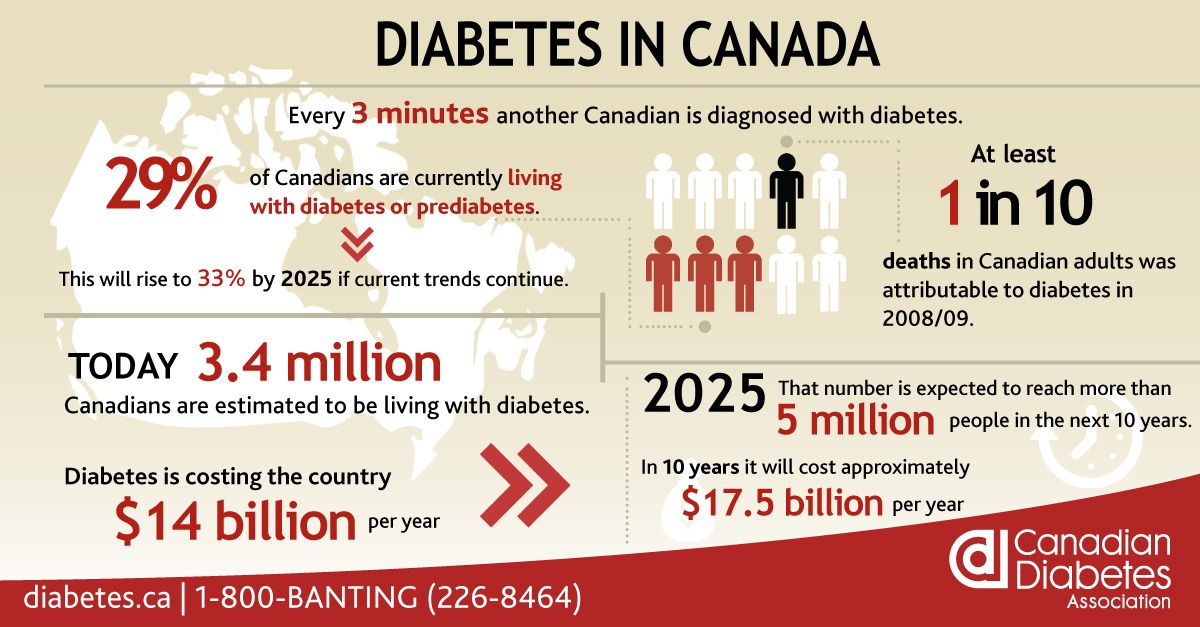
Obesity carries with it, many complications that have detrimental effects on the health of an individual. Side effects can grow in a stealthy and insidious fashion, such that a person may not know a disease exists until it has manifested too deeply. I would like to cover the health problems associated with obesity, its complications, as well as its side effects on the human movement system.

Obesity is not just an individual problem: it is a population problem (World Health Organization, 2000). Understanding its widespread influence provides context, as well as appreciation of its severity. Chronic obesity increases both morbidity and mortality. Morbidity can be defined as the presence of a particular disease, while mortality can be defined as the rates of death associated with the presence of a disease (Kenney, Wilmore & Costill, 2012).
Major diseases associated with obesity are coronary heart disease (CHD), hypertension, stroke, cancer, liver disease, gallbladder disease, osteoarthritis, and sleep apnea (Kenney et al., 2012). Additionally, over 34% of all adults from 2003-2006 met the criteria for metabolic syndrome (Kenney et al., 2012). Undeniably, obesity has strong associations with diseases that can negatively affect people, if left untreated.

What other changes occur within the body of an individual that is obese? Prominent changes recorded include sluggishness and lethargy. This is generally associated with obstructive sleep apnea, which is defined as the cessation of breathing for 10 seconds or more with 5 occurrences or more per hour (Obesity Education Initiative, 1998). Chronic episodes of sleep apnea can cause an overproduction of red blood cells (RBCs) to compensate for lower blood oxygen levels.
Overabundance of RBCs can lead to blood clots, enlargement of the heart, as well as congestive heart failure (Kenney et al., 2012). The sluggishness associated with sleep apnea and its complications, when undiagnosed, may be misinterpreted as laziness by others as well as the individual who is obese. Thus, misperceptions can grow perpetuating social stigmas, and having detrimental effects on an individual’s self-esteem and sense of self-efficacy.

Type 2 diabetes is another disease strongly associated with obesity. It is characterized by the ineffectiveness of insulin to transport glucose into target cells. A characteristic of type 2 diabetes is a decrease in the sensitivity of insulin. That is, as type 2 diabetes progresses, so does the amount of insulin required to transport the same amount of glucose into target tissues. In the past, type 2 diabetes was once considered an adult disease.
Now, with the advent of obesity in children, type 2 diabetes is no longer termed “adult onset diabetes,” and is considered global and widespread. Diabetes is pervasive, accounting for more than 17.9 million Americans afflicted with the disease (Kenney et al., 2012). Moreover, 5.7 million Americans are estimated to be undiagnosed, a testament to the gradual and unnoticed nature of the disease process (Kenney et al., 2012).
Obesity has strong associations with other diseases. Awareness of these associations and links enables us to anticipate the disease process before it arises or worsens. In effect, early detection enables us to devise strategies to prevent the onset of these resolute diseases, before lives are lost.
References
Kenney, W. L., Wilmore, J. H., & Costill, D. L. (2012). Physiology of sport and exercise (5th ed.). Champaign, IL: Human Kinetics.
Obesity Education Initiative (1998). Obesity and sleep apnea. Clinical guidelines on the identification, evaluation, and treatment of overweight and obesity in adults: The evidence report. National Institute of Health.Retrieved from: http://www.ncbi.nlm.nih.gov/books/NBK2000/
World Health Organization (2000). Obesity: Preventing and managing the global epidemic: Report of a WHO consultation. WHO Technical Report Series; 894.Retrieved from: http://libdoc.who.int/trs/WHO_TRS_894.pdf
-Michael McIsaac
